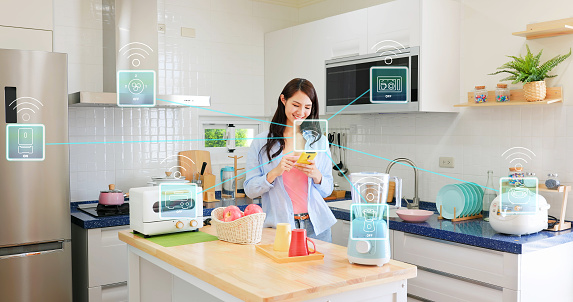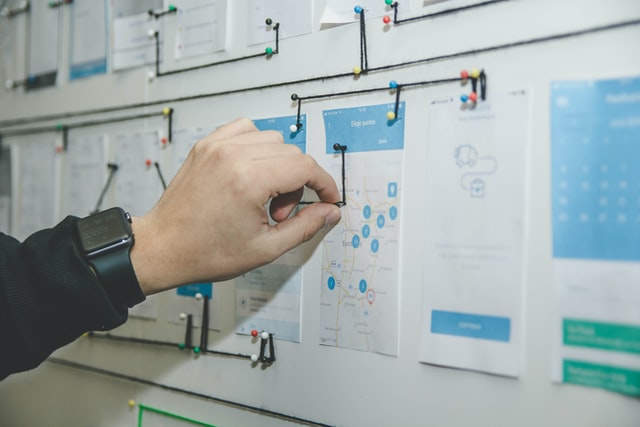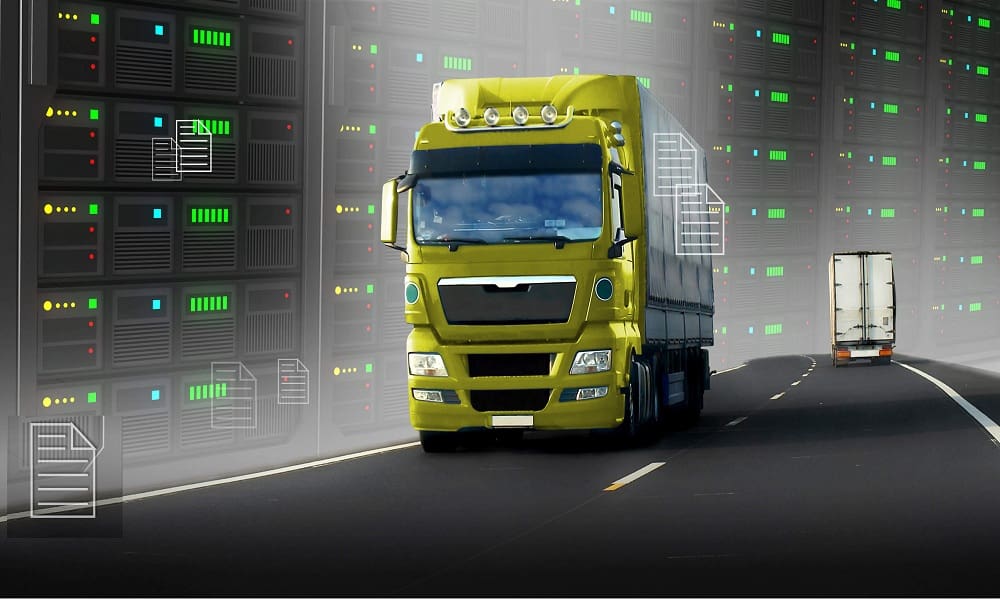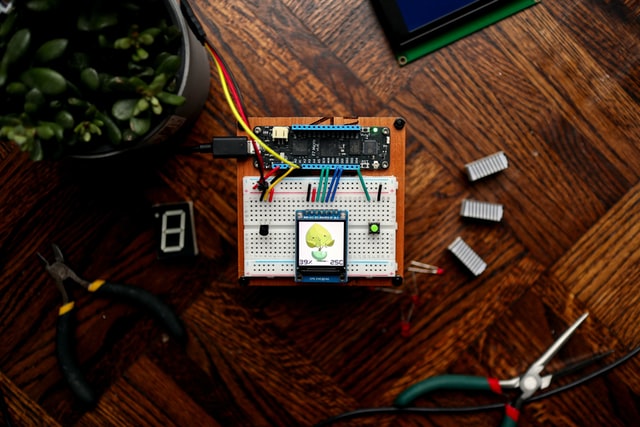Internet of Things, IoT Services & Solutions in New Zealand- OptiTrac

5 Top IoT Tools To Check Out In 2022
The experts predict that the number of active IoT devices will exceed 25.4 billion in 2030. It is estimated that global IoT expenditure will reach $15 trillion from 2019-2025. From Amazon Echo to smartwatches, August Doorbell Cam and Foobot, we see a lot of IoT tools available in the market.
These tools can help increase efficiency in resource allocation, save expenses, provide safer working environments, boost customer satisfaction, and aid countless individuals. Let’s explore the top IoT tools and their benefits.
Introduction To Top IoT Tools
The abbreviation for Internet of Things Tools is IoT Tools. In addition to household appliances and buildings, it is a network or connection of objects having embedded electronics, including machines, vehicles, and equipment. Since IoT-enabled devices connect well with a broader network, they can carry out various tasks.
By 2025, 152,200 IoT devices will be able to connect to the Internet every second. IoT has made the ability to communicate and work together across the physical and digital worlds seamless and efficient. It offers business enterprises a variety of benefits by assisting them in automating and streamlining their routine activities. As a consequence, businesses are using their advantages and achieving remarkable growth.
5 Best Tools of IoT
1. Arduino
Arduino is the industry leader in IoT for electrical devices and the software that operates them. Arduino has a lot to offer, such as boards, modules, shields, and kits for embedded systems.
For Arduino, you don’t need a lot of experience. Additionally, it is reasonably priced and accessible. Several drawings and shields are accessible depending on the kind of shields you require. Additionally, no additional power source or programming is required for functioning. Software products that are available on this tool are Arduino IDE, Arduino Cloud, IoT Cloud Remote and Web Editor.
2. Tessel 2
To create connected devices, you can use Tessel 2, a programmable microcontroller that supports JavaScript, Node.js libraries, and other languages. It is a Linux-based application that grants users access to several Node Package Manager (NPM) modules and their respective functionality. The advantage of Tessel 2 is that it can be augmented with external hardware like sensors, peripherals, etc.
3. Flutter
Flutter, a programmable CPU core, is an incredible piece of hardware for IoT applications. This board is ideal for wireless sensor networks due to its long-range radio transmitter.
It provides a basic control module, a solar panel, a cylindrical battery, and a Pro control complete module packages, including Quick Start Kits and Vehicle Control Kits, among others. Additionally, you may get supplementary boards such as Bluetooth adapter, Breakout, Remote Control, and many accessories.
4. Eclipse IoT
This provides software development frameworks, services, and standards tools for creating innovative technology, fog and edge computing solutions, and more. The Lua programming language is a good fit for Internet of Things applications and is recognised in Eclipse IoT projects.
To build their IoT solutions, developers may use the open-source projects provided by the Eclipse IoT tool. It focuses on giving the open-source implementations of well-known IoT standards required for IoT solution development.
5. Home Assistant
Home Assistant has been one of the top IoT tools available in the market for decades. It’s a set of home automation software and provides accessible smartphone apps that enable you to remotely operate your equipment and get alerts if a problem occurs. This centralised hub integrates technology for smart homes and offers local administration and security. By combining this tool with other applications, its capability may be expanded.
This tool is well tested and offers a host of facilities to homeowners. It provides various user interfaces, proper energy management, backup protection, upgradeability, remote access, and much more.
3 Benefits of Top IoT Tools
We are in the digital era where 127 devices get connected to the Internet for the first time every second. Using these top IoT tools has various advantages. These are:
1. Data Monitoring
Monitoring is the biggest and most significant advantage of IoT, and it helps us calculate the precise quantity of supplies required, such as the standard of a home’s air.
These tools collect, examine, and pinpoint mistakes while monitoring performance to generate events immediately. The future occurrences are used to initiate maintenance requests for that specific device, trigger automatic alerts, and take the proper step to automate diagnosis.
2. Ease of Access
The most recent technologies make it simple to get the necessary information in real-time, nearly everywhere. All you need is an internet connection and a smart IoT device.
For instance, Google Maps allows us to see where we are without asking someone in person. It’s now much easier to purchase tickets, and even the most recent scientific study or commercial analysis is available with just a click.
3. Better Time Management
We can now multitask thanks to internet connectivity and IoTs- while on the commute, you can purchase your groceries, read up about the latest blogs, take an online course, and even turn on your air conditioner at home.
We can also send and receive data from IoT devices almost in real-time. Hence, there is no need to wait or waste time, and we ultimately garner a lot of time for ourselves.
Examples of IoT Tools
Based on the various types of IoT platforms, such as Cloud, End-to-End, Data and Connectivity, there are multiple types of devices that one can use. These are:
1. Home Security
These include various sensors, lights, alarms, and cameras that can be operated from your smartphone. They are linked through the Internet of Things to provide security round-the-clock.
2. Industrial Security
IoT-enabled detection systems, sensors, and cameras may be put in restricted locations to detect trespassers. They may also identify and rectify reactive chemical leakage and pressure build-ups before they become more significant problems.
3. Activities Tracker
Activity trackers are sensor-based gadgets that may continuously monitor and communicate important health parameters. Using these trackers, you may regulate your oxygen level, pulse rate, sugar, and blood pressure.
4. AR Glasses
Wearable computer-enabled AR glasses let the users experience remarkable experiences in 3D animations and films like the real world. You can also access Internet apps with the assistance of the information shown inside the glasses’ lenses.
5. Motion Detection
Motion sensors may be able to detect vibrations in large objects like buildings, bridges, dams, and others. These instruments may identify structural alterations and disturbances that might result in severe failures. They may also be used in areas prone to floods, landslides, and earthquakes.
To conclude, the consumer IoT market is anticipated to grow at a CAGR of 17%, which means it has a promising future and will reach $142 billion by 2026. Apart from the above-mentioned top IoT tools, there are various other tools in the market. You need to research before opting for an IoT.
OptiTrac is a leading platform for providing customised IoT solutions for businesses. If you want to upgrade your company’s current technological solution, get in touch with us today!
Frequently Asked Questions
Q1. Is Alexa an IoT Device?
Yes! Alexa is one of the most versatile IoT services since it can operate many smart home devices than Google Assistant or any other voice assistant. The Alexa Voice Service is a new feature of AWS IoT Core that permits device manufacturers to integrate Alexa into any connected device.
Q2. Is Mobile Phone an IoT Device?
Smartphones that transmit data synchronously utilising the Real-time Transport Protocol are not regarded as the Internet of Things components. However, devices that communicate asynchronously might be considered IoT devices.
Q3. Is Blockchain Considered an IoT Software?
IoT allows devices throughout the Internet to transfer data to blockchain networks to generate shared transactions. Hence, Blockchain technology may be used for IoT devices to store IoT data and provide security against hackers.
Similar Posts

What Is Project Management Software And What Does It Do?
If you are a budding entrepreneur or a project manager, the right project management software will change your......

What Is Fleet Management System And Its 3 Benefits
During heavy rains in London, Company XYZ fell behind their deliveries, costing the firm a lot of money.......

4 Challenges Faced In IoT For Remote Management
The Internet of Things has become a hot topic of discussion and debate worldwide. According to a report......
